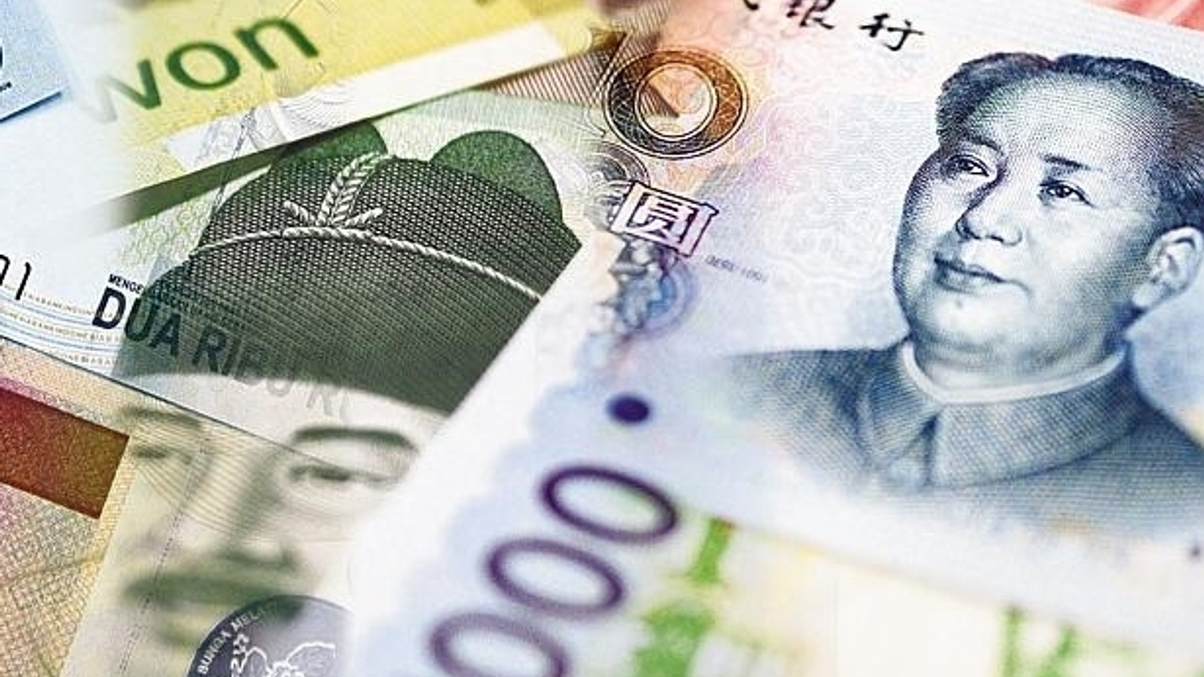partner content
Asian bonds: a core for driving the future
Despite performing very well last year, Asian local-currency debt still has a lot to offer investors looking to diversify away from developed-market government bonds.

With interest rates remaining low, investors continue to look beyond traditional income sources, moving further out on the risk spectrum to meet their long-term targets.
Sign in to read on!
Registered users get 2 free articles in 30 days.
Subscribers have full unlimited access to AsianInvestor
Not signed up? New users get 2 free articles per month, plus a 7-day unlimited free trial.
¬ Haymarket Media Limited. All rights reserved.


